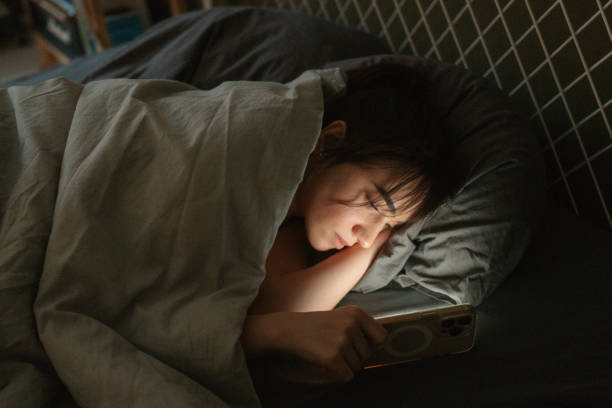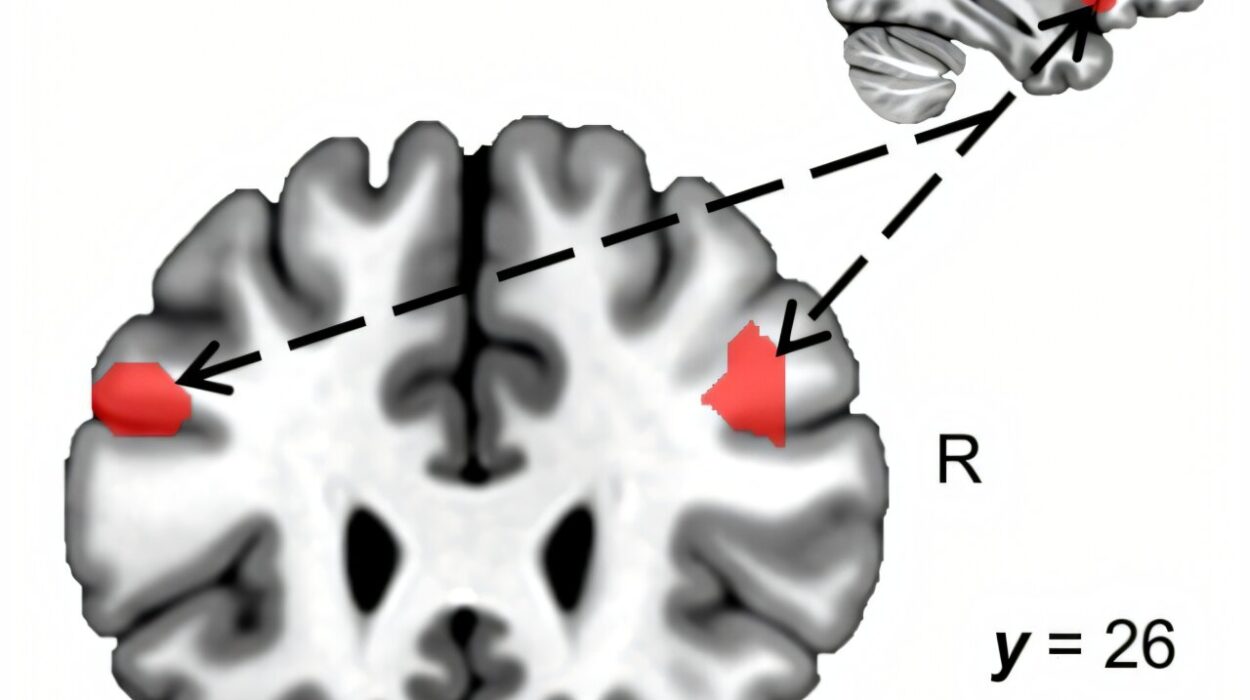There’s a room inside you where the past still lives.
It’s quiet most of the time, like a house you’ve locked from the outside. But sometimes, something small—a song, a smell, a photo—blows open the door. And suddenly, you’re back there. In the conversation you never finished. In the memory you never asked for. In the version of yourself you hoped you’d left behind.
We tell ourselves we’ve moved on. That time heals all wounds. That pain fades. But the truth is messier. The truth is that most of us are still carrying what we claimed we buried. We’re still picking at scars. Still whispering to ghosts. Still holding onto the past, even when it hurts us.
Why?
Why do we cling to what broke us? Why do we replay moments we cannot change? Why do we reach for stories that make us ache?
Because the past, even when painful, feels safer than the unknown.
Because letting go means stepping into emptiness.
Because, in some strange way, the pain has become part of who we are.
Memory Is Not a File—It’s a Feeling
We think of memory as a vault. A collection of facts stored in the brain, accessed like a dusty book on a shelf. But memory is not fixed. It is alive. It breathes with you. It changes depending on where you are, who you’re with, and how you feel.
Your memories are shaped not just by what happened, but by how you felt when it happened—and how you feel when you recall it.
That’s why the past doesn’t stay in the past.
When you remember a betrayal, your body doesn’t distinguish between then and now. Your nervous system lights up. Your stomach clenches. Your voice tightens. The pain reactivates.
You’re not remembering.
You’re reliving.
And this is why it’s so hard to let go. Because to let go of the past is not just to forget—it is to release the emotional signature your body has memorized. It is to loosen the grip of something that feels biologically real.
Even if it hurts, your brain clings to the pattern. It says, “We know this pain. We’ve survived it before. Let’s stay here.”
The Comfort of Familiar Pain
It sounds twisted, but sometimes we prefer pain we understand over joy we don’t trust.
This is one of the deepest ironies of the human psyche. We stay in the orbit of old wounds not because we enjoy suffering, but because suffering has become familiar. Predictable. There is a kind of safety in it.
That ex who broke your heart? That moment of shame from childhood? That betrayal you never speak of but always feel? These memories create emotional grooves. And just like your fingers return to the same scar, your mind returns to them because it knows their shape.
This is especially true if those moments formed early in life. Our first wounds become blueprints. They teach us what to expect from love, from life, from ourselves. Even if we grow, those emotional patterns often linger beneath the surface.
So we repeat. Not because we haven’t learned—but because deep down, we haven’t unlearned.
Grief Is Not Linear
Sometimes we hold onto the past because we haven’t finished grieving it.
Grief doesn’t follow a schedule. It doesn’t tick boxes or obey time. You can grieve someone who left you five months ago or five decades ago. You can grieve the person you used to be. The life you almost had. The apology you never got. The childhood you deserved but didn’t receive.
And grief, when left unspoken, becomes a permanent resident. It finds hiding places—in your sarcasm, your insomnia, your anger at strangers. It burrows into your relationships, shaping what you expect and what you withhold.
We think letting go means forgetting. But sometimes, it means finally feeling what we never allowed ourselves to feel in the first place.
The pain. The rage. The loneliness. The heartbreak.
Grief asks to be witnessed. And when it’s not, it returns—again and again—until we look it in the eye and say, “I see you. You’re allowed to hurt.”
Shame Chains Us to the Past
There are certain memories we don’t talk about—not even to ourselves. Not fully.
Not the night we said something we can’t take back. Not the thing we did when we thought no one was watching. Not the years we spent chasing someone who never chose us.
These memories burn with shame.
And shame doesn’t just hurt. It binds.
It tells us we are not just someone who made a mistake—but someone who is a mistake. It turns moments into identities. Failures into verdicts.
So we carry the past not as a story we experienced—but as proof of our unworthiness.
And we don’t let go because, deep down, we believe we don’t deserve to.
Shame traps us in repetition. We recreate the same dynamics, attract the same relationships, sabotage our own success—all because some part of us believes we are broken.
Healing requires more than reflection. It requires the radical act of self-forgiveness.
The voice that says: “You are not your worst moment. You are not your past self. You are not too far gone.”
The Brain’s Obsession with Closure
One reason we stay stuck in the past is that our minds crave resolution. Loose ends make us anxious. Unfinished business keeps us up at night. And when something ends abruptly—without warning, without apology, without explanation—it doesn’t just hurt. It haunts.
The human brain is a meaning-making machine. It needs stories with endings. But life rarely gives us neat conclusions. Sometimes people disappear. Sometimes you never find out why. Sometimes the apology never comes.
So we fill in the blanks ourselves. We imagine alternate endings. We write painful stories about our own worth. We rehearse arguments we’ll never have, trying to wrestle some kind of control from the chaos.
We stay attached to the past because part of us still believes we can rewrite it.
But healing isn’t about rewriting the story.
It’s about learning to live without the ending we wanted.
The Illusion of Control
There is a strange comfort in replaying the past. It gives us the illusion that we’re in control. That if we think about it enough, we can change it. That if we feel the pain hard enough, it will mean something. That if we analyze it perfectly, we’ll never be blindsided again.
But all this does is trap us in a loop.
Control is a trauma response. It’s a shield we raise when life has hurt us too many times. We believe that if we can just stay vigilant, nothing will surprise us again. If we stay connected to the pain, we’ll be prepared for it next time.
But life doesn’t work that way.
Control doesn’t protect us. It only prevents us from living fully.
Letting go of the past doesn’t mean letting your guard down. It means choosing to stop fighting ghosts so you can be here—now.
Trauma Keeps the Clock Running
For some, the past isn’t a memory. It’s a trapdoor.
Trauma doesn’t age the way normal memories do. It stays stuck. Frozen. Alive. That’s because traumatic experiences—especially those involving helplessness—often bypass the brain’s normal processing centers. Instead of being stored as narrative, they’re stored as sensation.
This is why someone can seem “fine” for years, then fall apart after a trigger. Why a smell, a voice, a word can shatter them. Why their reactions seem disproportionate—when in reality, they’re not reacting to now. They’re reacting to then, as if it’s happening again.
Until trauma is processed, the past remains the present.
This is not a weakness. It’s biology.
And healing is not about “getting over it.” It’s about giving the body and mind a chance to integrate what it couldn’t before.
When Pain Becomes Identity
Sometimes, we hold onto the past because it has become our story.
When a wound is deep enough, we wrap our identity around it. We become the person who was betrayed. Who was abandoned. Who was misunderstood. It becomes how we relate to others. How we make sense of the world. How we find safety.
And there’s nothing wrong with that—until it starts to limit us.
Until it becomes a cage.
Because once our identity fuses with our pain, we become afraid of healing. Not consciously. But at a soul level. Because who will we be without the story? What will define us? What will protect us?
Letting go of the past isn’t just scary because of what we lose. It’s scary because of who we’ll become.
And yet, that’s where freedom lives.
The Courage to Be New
To release the past is to become a beginner again.
To step into the uncertain. To try things you never thought you could. To trust people even though you’ve been hurt. To believe in love even though it failed you. To believe in yourself even though others didn’t.
It takes courage to heal.
It takes bravery to look at your past and say, “I will not let this define the rest of my life.”
Healing is not the erasure of memory. It’s the rewriting of meaning.
It’s choosing to tell the truth about what happened—and choosing to live anyway.
Making Peace with What Will Never Be Fixed
There are some things we’ll never understand.
Some wounds that will never fully close.
Some questions that will echo for the rest of our lives.
But even then—we can still live with grace.
We can still hold joy in one hand and sorrow in the other. We can still honor the past without bowing to it. We can still build new stories from the ashes of old ones.
The past will always be part of us. But it doesn’t have to be the whole story.
You get to write the rest.
And you don’t have to do it alone.






